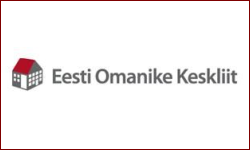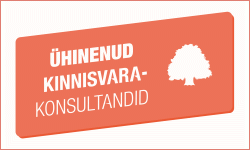 In the second quarter of 2020, Estonian economy dropped by 6.9% y/y in real terms and 8.4% in nominal terms. Seasonally and working day adjusted GDP dropped by 5.6% q/q. The result exceeded our expectations on the upside. In the first half of this year, GDP dropped by 3.9% in real terms.
In the second quarter of 2020, Estonian economy dropped by 6.9% y/y in real terms and 8.4% in nominal terms. Seasonally and working day adjusted GDP dropped by 5.6% q/q. The result exceeded our expectations on the upside. In the first half of this year, GDP dropped by 3.9% in real terms.
Contributions to GDP were uneven between the sectors
In the second quarter of 2020, the main negative contribution to GDP growth came from manufacturing – 2.6 pp drop came from this sector. Manufacturing, that did not have time to recover from weakened external demand last year, faced demand shock during the corona crisis. Major negative contribution to GDP growth came also from wholesale and retail trade, real estate activities, and accommodation and food service that were immediately hit by the measures to contain the virus. These activities contributed 3.4 pp to the drop. The tourism sector, especially accommodation and travel services, was one of the sectors hardest hit during the corona crisis. In the second quarter, there were 78% less tourists accommodated than a year ago, while the value added of accommodation dropped by 72%. As the accommodation accounts for a small share in the economy, the negative impact to the whole economy was only 1 pp. Highest positive contributions came from ICT sector, also from construction sector, as the major effects of the crisis in the construction are postponed.
Private consumption and exports are improving
Private consumption dropped by 8.7% in the second quarter. Card transactions turnover showed that the highest drop in the consumption was in April, after which it started to gradually recover. The wage compensation from the Government slowed the growth of unemployed, which also helped private consumption to recover quickly. The confidence of household’s has somewhat recovered in July and August, but is still very weak. Investments dropped by 15%. The main negative contribution came from business sector investments, which contracted by 25%. Household’s investments increased by 1%, and government investments by 3%.
The drop in exports was 19%, where the fall of export of goods was 10% and drop in exports of services 35%. The decline in exports of services was mainly affected by the drop of transportation and travel services. Imports dropped by 22% – imports of goods fell by 15% and services 41%. On the positive side, exports dropped less than imports, which means that net exports contributed positively to the economic growth. The deepest decline in foreign trade was in May, after which it started to pick up. The robust pick up of the euro area’s purchase manager index indicates that foreign demand has started to improve, but the spread of coronavirus and new restrictions can weaken confidence and restrict the recovery of global demand.
Economy has started to recover
Estonia, together with Baltic and Nordic countries, managed to suffer a milder contraction in the second quarter than the rest of the euro area. The deepest drop in the economy is behind us, and although, the full recovery will not be seen this year, the pick-up from the trough has been very fast in the last months. Unlike the previous crisis, the shock to the economy was immediate during the corona crisis and thus, we expect economy to rebound also faster. According to our forecast, published last week, we expect Estonian economy to drop 5% this year. As the contraction of GDP in the second quarter was milder than expected, this allows the decrease to be adjusted smaller.
Statistics Estonia revised the national accounts time series for 2016- 2019
According to the revised data, in the first half of the last year, real GDP growth was 0.2 pp lower – 4.1%, and in the second half of the last year, 1.5 pp higher – 5.8%. As a result of the revision, GDP for 2019 was revised up by 0.7 pp to 5.0%.
For more information please contact Ms. Marianna Rõbinskaja, +372 888 7925, marianna.robinskaja@swedbank.ee.
This email is sent through the web-based distribution system of Swedbank Macro Research. As a subscriber you can change your settings regarding what publications you will receive by clicking “Change your settings”. You can also unsubscribe from this particular newsletter by clicking “Unsubscribe”. Information on the Swedbank Principles of processing personal data can be found here.













